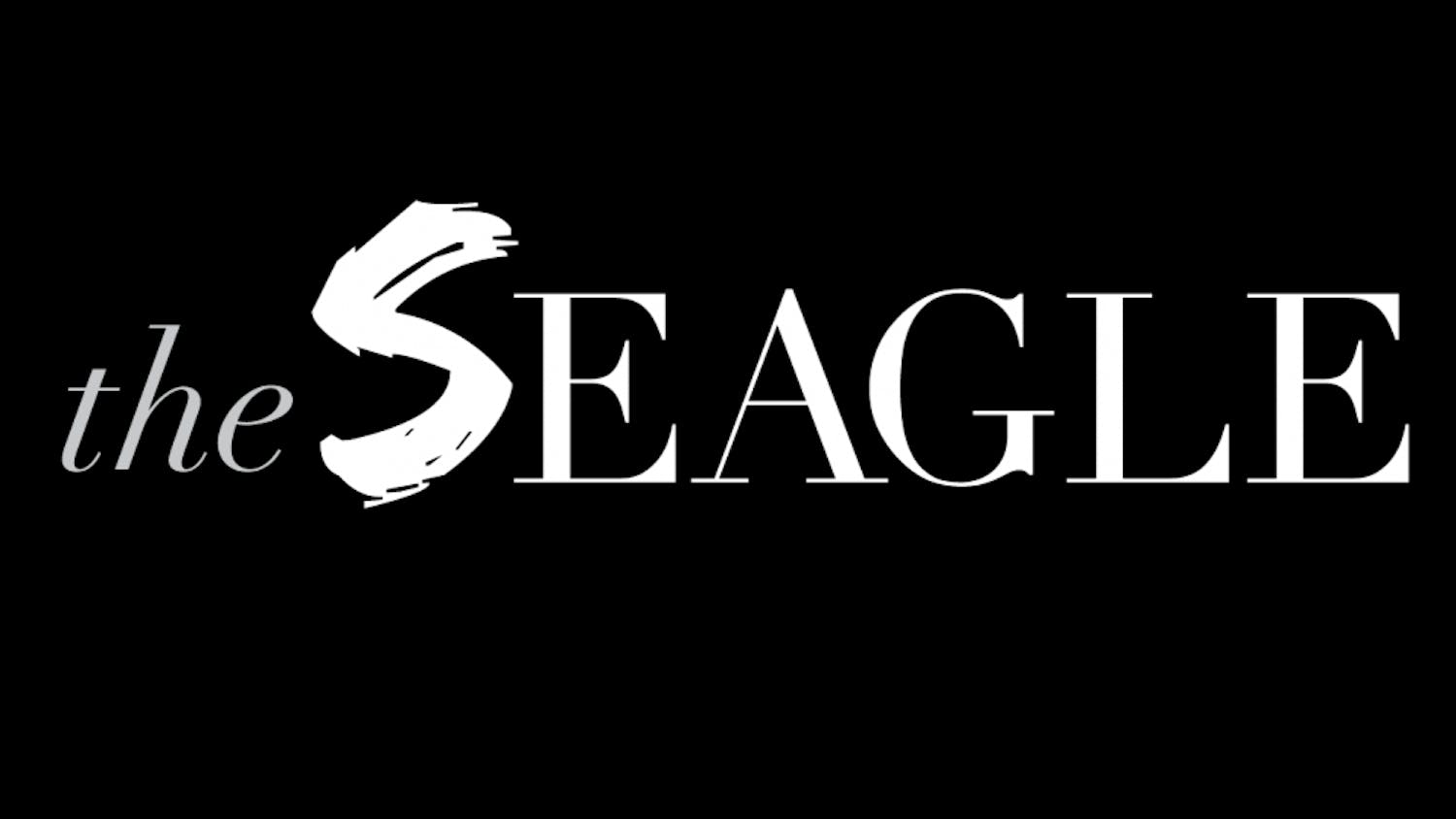I remember the summer of 1996. Being home schooled, I had the privilege of a fairly free school schedule, and with that came a rather interactive Civics course. I attended a Bob Dole-Jack Kemp rally in California, just minutes from my home. A relative newcomer to the political scene, I grabbed every piece of literature I could get my hands on, from Bob Dole posters to interest group fliers.
This was my first introduction not only to politics, but to the abortion issue. I was handed a photocopied flier by an adamant man, who was screaming something or other about Bill Clinton and the Anti-Christ. I looked over the paper casually at first, until I saw a black-and-white picture of an aborted fetus, and a diagram of how exactly the Dilation and Extraction method would abort a baby in the late stages of pregnancy.
Being the naive little student I was, I was shocked. I could not believe that Bill Clinton would be so heartless to veto a bill that prevents such an atrocity. I eagerly entered the rally, and while Bob Dole had pulled out of his own rally at the last minute, I was able to enjoy a live band singing "...Do a little dance, vote Bob Dole, get down tonight..."
It wasn't until much later, when I had forgiven Bill Clinton of his respective sins, that I really thought about what had gone on. I had fallen for a tactic that many, at the time, fringe pro-life groups used to fuel their appeals to popular intestines: the gross-out. Rather than actually relay the rationale behind the veto (which was the restrictive nature of the legislation on extremely common and early forms of abortions), these groups rely on macabre imagery and broad conclusions to shape opinion. It frightens me that the then-fringe groups have now brought their influence into the mainstream.
I will admit, with the recent passage of the so called "partial-birth" abortion ban, the pro-life movement has scored another major victory in the definition debate. Even the name of the movement, "pro-life," demonstrates the struggle for control over the abortion lexicon. In reality, the "partial-birth" abortion ban does a lot more than ban the extremely rare D&X procedure commonly accepted as a "partial-birth" abortion procedure. In the Supreme Court case, Stenberg v. Carhart (2000), the Court ruled on a very similar law in Nebraska. In this case, the court found two major issues with the Nebraska law: First, that it ignores the previously upheld interest in the life of the mother. Second, that it defines "partial-birth" abortion so broadly as to prohibit the dilation and evacuation technique, which is used in 95 percent of second trimester abortions.
The ruling on Carhart found that the Nebraska law violated the standard set in Planned Parenthood v. Casey (1992), placing an "undue burden" on a woman's ability to choose abortion. These two major faults of the Nebraska law also exist in the recently passed Congressional Ban, which finds illegal "the knowing performance of abortion procedures that fall within the Act's definition of "partial-birth abortion.'"
Also, the act is too vague to be used in any practical sense, as physicians would be unable to have a fair warning of what procedures might or might not be illegal. A federal judge in Nebraska has already blocked the ban, stating that "it seems to me the law is highly suspect, if not a per se violation of the Constitution." Darn those pesky judges who not only read the Constitution, but hold in reverence the supremacy of the Supreme Court. While George W. may seek a recall of Marbury v. Madison (who knows where he might request to send a writ of mandamus), as it stands now, respect for the Supreme Court should stand. Whether you are pro-life, pro-choice, or pro-re-nata, the sanctity of the Supreme Court and Constitution should not be disregarded.
A lot of time has passed since my first encounter with "partial-birth" abortion, but one thing has not - as long as there is debate, conflict, and discourse, there will be improper and shallow appeals. In this case, I would hope the reader can see this issue as it really is, and learn to think from the brain, not the stomach.



